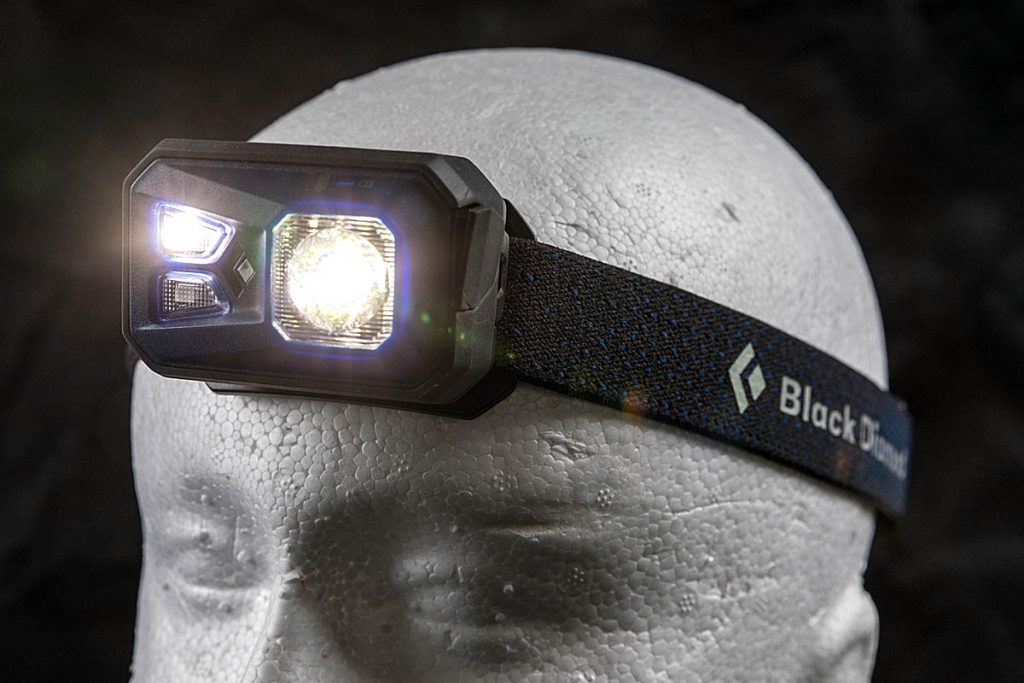On test: headtorches reviewed

The ability to light your way when it gets dark could mean the difference between getting stuck on the mountain and being able to make your own way off if you get benighted. Mountain rescue teams repeatedly plead with walkers and other hillgoers to carry a torch with them.
A headtorch frees up your hands so you can find the holds on rocky ground, or use poles, a compass, map and all the other items you need to progress in the countryside.
But a torch isn’t just for emergencies. Learning to navigate a night opens up a whole new area of opportunities to explore the outdoors.
A headtorch should provide good illumination for your activity, whether it’s walking, running or biking. It should be comfortable to use and should have protection against the elements.
We pulled on out boots and warm jacket to put nine headtorches to the test in the dark outdoors. Some of the torches in our test use rechargeable batteries; others use alkaline power. The advantage of rechargeables are obvious, but they do tend to lose power quickly at the end of their charge. Alkaline batteries are less susceptible to his but work out more expensive overall. Some of the torches can be used with either power source.
Some can also be used in other ways than on the headband, giving them more versatility. Prices range from budget models to more expensive torches. Choose a model that best suits your activities and price range.
